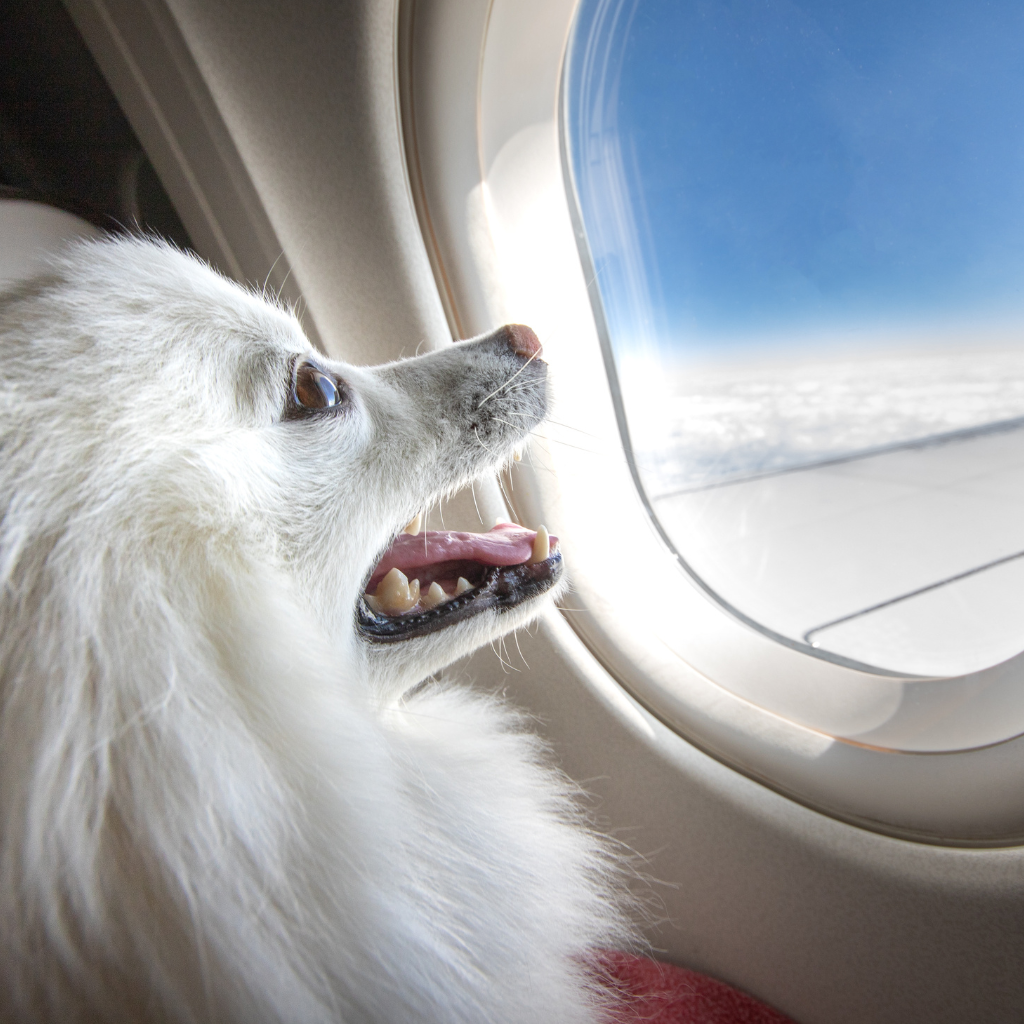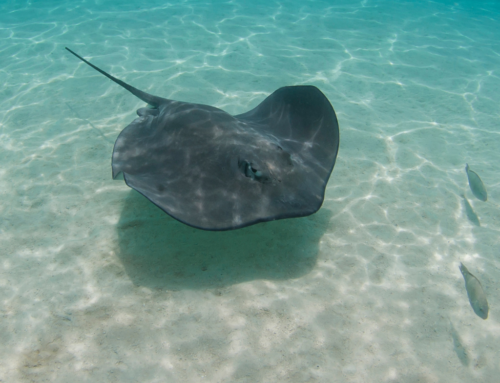
Traveling with pets is beyond stressful, especially when it comes to air travel. There are a few steps that must be taken to ensure a safe, comfortable, and legal vacation or move with your pet.
Note: the rules and regulations of traveling with medical service animals differ from pets and emotional service animals. Contact airlines and the proper authorities in foreign countries to know their specific requirements.
Visit your vet early
Visit a veterinarian as early as possible to ensure your pet is healthy enough to travel. For international flights, most countries require a health certificate from a USDA-certified veterinarian. Not all veterinarians are USDA certified (though this does not make them a bad vet!) and this process can take up to 6 months to complete for international travel. Some airlines also require a clean bill of health from a veterinarian before boarding a flight, though they do not always require the same extensive health certificate.
If traveling domestically or to a destination country that does not require a USDA completed certificate, your pet still needs to see a vet. Talk to their doctor about whether they are healthy enough to fly as well as anxiety or nausea medications if you feel they will be needed. You do not want to attempt to fill these prescriptions a few days before the trip!
Research the destination country or state
Every country and US state has different laws in place regarding the arrival of animals. Many of these countries, such as Australia, have completely eradicated dangerous diseases like rabies and want to ensure they are not being imported along with our pets. International travel to these countries often has mandatory quarantine periods in designated areas so veterinarians can ensure the health of arriving animals. Unfortunately, this means pet parents need to prepare themselves and their pets for separation upon arrival.

It’s important to know the quarantine and health certificate requirements before arriving in a foreign country. You definitely don’t want to start your vacation or move by breaking the law! If traveling with a medical service animal, they still require a health certificate but will have a different means of quarantine/checking their overall health upon arrival. This does not usually apply to emotional support animals.
Know the airline’s pet policies
Once you have the legal and health requirements taken care of, it’s time to book your flight. People traveling with pets need to book their tickets a little earlier than usual as there is limited space for pets on board. Different airlines also have different policies regarding
- Animal species
- Dog/cat breeds
- Dog size restrictions
- Allowing pets in-cabin vs. cargo
- Health certificates
- Length of the flight with pets
Some pet-friendly airlines only allow dogs and cats while others allow specific exotic pets on board. Others have breed restrictions, especially with brachycephalic or flat-faced breeds such as pugs, French bulldogs, and Persian cats. Dogs and cats over 20lb that are not service animals are often required to travel in cargo rather than in the passenger cabin. It can be dangerous for some pets to travel in cargo, so it is important to be prepared. Finally, some airlines have rules in place that a pet cannot be on a direct flight that is more than 10-12 hours in length and requires pet owners to take more frequent layovers for the animal’s comfort. Arrive at the airport with plenty of time for a longer check-in process.
If you have a larger animal or a pet that is a species not allowed on many airlines, you can also consider using a pet-only airline. Airlines such as Animal Airways and Pet Airways use rows of kennels rather than passenger seats to fly animals around the world safely. Their flight attendants are qualified animal caregivers such as veterinary technicians and doctors who ensure the safety and comfort of your pet. However, you will not be allowed to fly with your pet and they do not fly to or from every major airport around the world.
Find pet-friendly accommodation
Not all hotels are pet-friendly. Even those who claim to allow pets may have some major restrictions or fees put in place. It’s important to find and book accommodation that works best for you and your pet when traveling. Some may also have restrictions on species, breed, size, and allowed number of pets per room. Airbnb is a great option for larger accommodations with the potential of a yard to keep your pet comfortable while you travel.
Keeping your pet calm and comfortable
Pets can become easily stressed on planes, but there are ways owners can keep them safe, calm, and distracted. Provide comfort items in their travel crate or pet carrier such as a favorite toy or blanket. Brain-stimulating treats, puzzles, and toys can help keep them distracted and entertained on long flights. Always have water and food on hand as well as food and water bowls, especially during long flights. Collapsible bowls work great and pack small in your bag! Utilize pet areas in airports and give potty breaks as frequently as you can. Bring poop bags as they are usually not provided. Ask a veterinarian about anxiety or motion-sickness medications before your trip if you feel they may be necessary.

Each airline has a specific size and type of carrier they require for pets to travel with them. Most require a soft-sided carrier and each size should be listed on their websites where they can easily be found. If you are confused or just want to make sure, call up customer service before purchasing the carrier. Not all carriers at pet stores or online listed as “airline friendly” follow every airline’s guidelines.
Finally, you can actually prepare your pet for the noises on an airplane if they have never flown before. Get your pet used to their travel carrier and take them through a car wash. The sounds and motion of a car wash from within the car simulate air travel and can help acclimate them.
Is air travel the best for your pet?
Before you begin your travel plans, consider if traveling by plane is the best for your pet. Flat-faced breeds, elderly animals, pets with heart or neurological disorders, and pets prone to travel anxiety may not do well on a plane or in an airport. If possible, consider a different mode of transportation or simply leave your pet at home with a trusted petsitter during your vacation. Not all pets enjoy traveling and may be more comfortable staying at home. There are a number of great pet-sitting websites and apps that you can use to interview and select an excellent caregiver for your pet while you are away.
Pet travel can be difficult and complicated, but vacationing with a furry companion (or feathered, scaley, or naked!) who enjoys it can bring so much joy to you both!
Looking for flight entertainment? Download a few episodes of my animal tourism podcast Humane Nature to listen to on your next flight!









Leave a Reply